The bassline is often the most important part of a track although it rarely gets the recognition it deserves. A great bassline either holds the music together, combines with a kick to provide the backbone of the track, or even comes screaming out of your speakers to take the lead. But with such varied uses, bass can be a difficult beast to tame… unless you follow these tips to get better bass.
If you’re into programming beats, tweaking filters and generally exploring the world of electronic soundscapes, we offer degree courses in London and Online in Music Production & Sound Engineering that are sure to up your game. Want to find out more? Then head over to our website. Plus, we’re currently offering 25% off all of our LA courses until 15th August using the code SUMMERLA25.
1. EQ is Everything
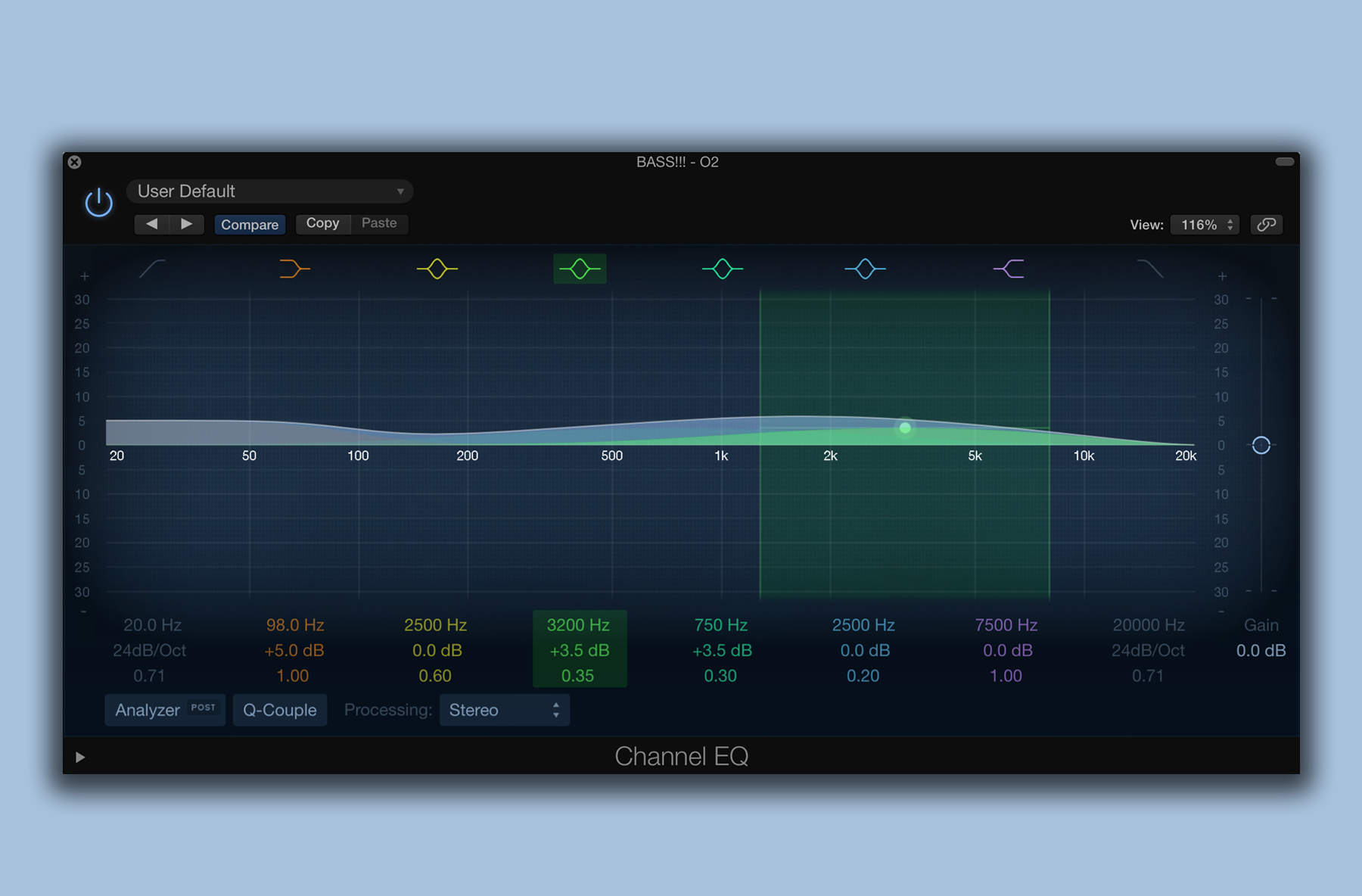
EQ is the obvious way to bolster a bass, but don’t just assume that randomly boosting your bottom end at all points will do the trick – a good bass sound covers a lot more of the frequencies than you might believe, and is not just about the lows. First, enter the region of approximately 60-100Hz and boost by 6dB and listen to how that sounds. It should add more width or ‘girth’ to your bass sound, but be careful as excessive boosting here can also quickly muddy the low end. If you want more definition then you’ll want to be looking more at the mid-frequency range, and boosting by 6 to 8dB between 500Hz and 1kHz should really make your bass sound stand up and be counted. To increase punch, you sharpen the attack of the sound which you can either do by decreasing its envelope attack time or, within your EQ, by nudging things up around 3kHz (although this will very much depend on your sound and could go up to around 6kHz). Experiment with the bass solo and then within your whole mix and you’ll soon hear the drama that happens within each part of its frequency range.
2. Compress to Impress
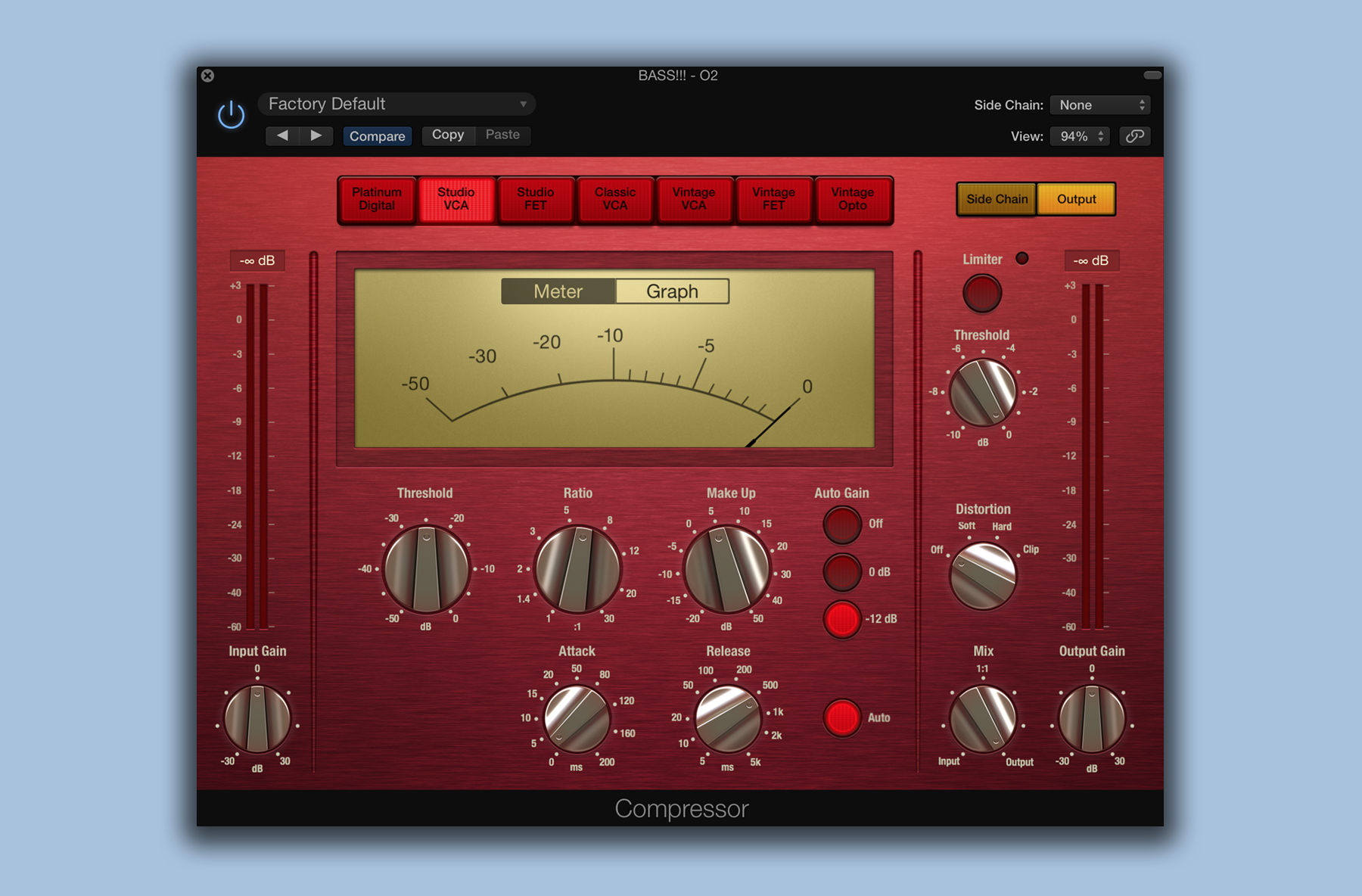
Compression is cool because it helps with two bass-heavy tasks: smoothing out the volume of an uneven bassline and helping add some punch to your sound. A compressor basically controls volume but it’s how it does it that is key and that is all down to the compressor’s settings. To create a more even bass track, you set a threshold to stop the volume of the bass from going above a certain level – say -6dB – and a ratio to determine how much it reduces the volume if it goes above that threshold. Two other settings – attack and release – determine how quickly the volume is reduced and then increased after the signal drops below the threshold. A medium attack time will let some of the bass transients through and so give you more punch while a faster attack time and slower release will help smooth over an uneven bass. The actual settings on your compressor really depend on the type of bass sound you are using, but try these settings for punch: a ratio of 4: or 5:1 and attack and release times of between 50 and 100ms. Be careful not to go too fast on either of these as you might introduce some distortion. To smooth out an uneven bassline increase the ration to 6:1, the release time to 250-400ms and lower the attack time to as little as 5ms. At the end of the process, you might want to nudge the gain up as you’ll have reduced it in places. Again, use these settings as a starting point because experimentation is key!
3. Lay Your Bass On Me
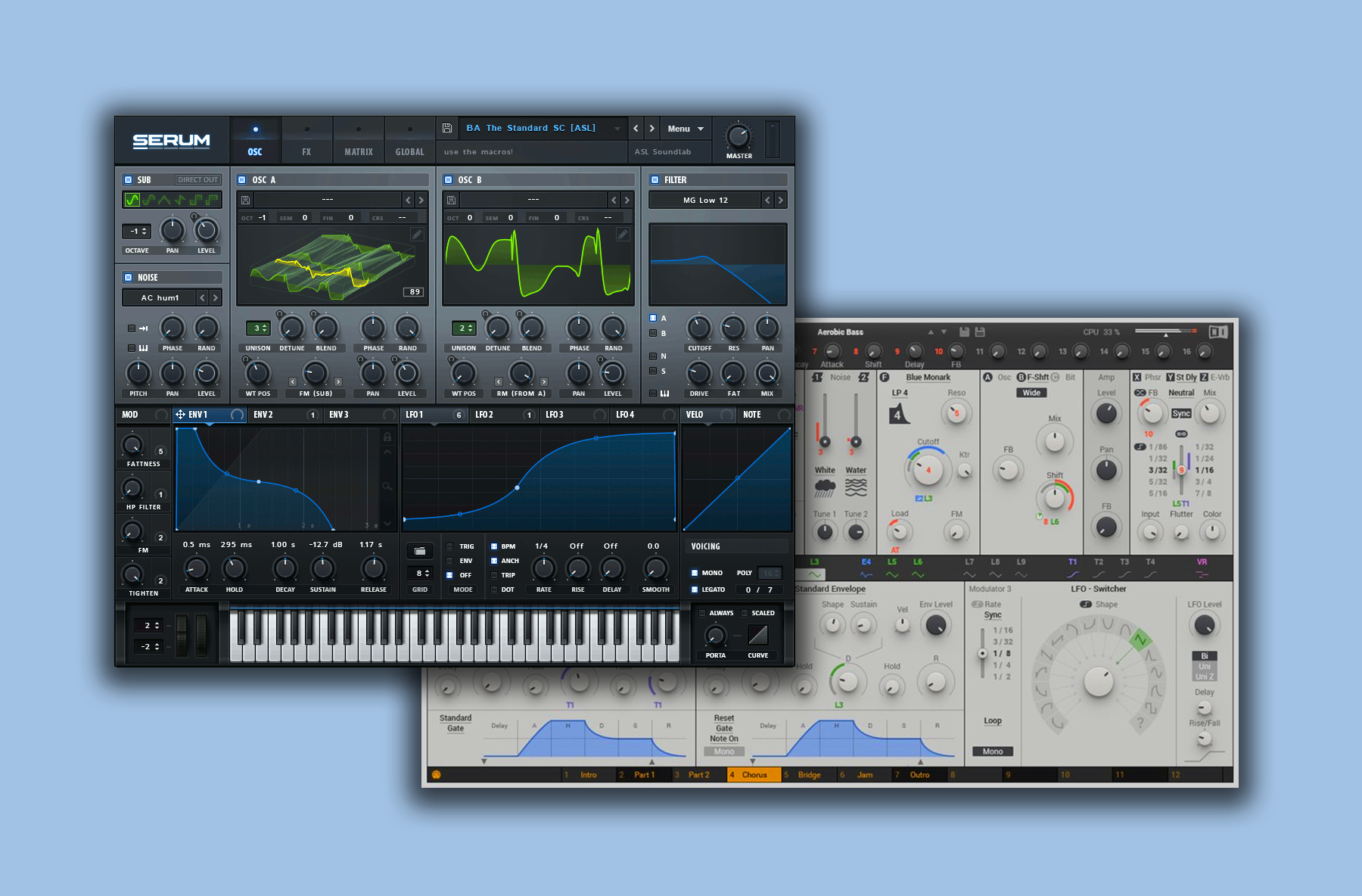
Creating the perfect single bass sound with EQ and compression is the ideal scenario but if you’re feeling lazy, don’t be afraid to layer different bass sounds together to toughen your lows up. In the same way as you can layer kicks of different types together – say a boomy sub kick and something a little more clicky – to create one almighty kick drum sound, so you can double up with basses. Just make sure that each one you layer doesn’t clash with the other and that each assumes a different role in the overall sound – one might be responsible for the attack part of the sound, for example. And, if necessary, be prepared to surgically EQ them away from each other so that their frequencies don’t clash.
4. And Talking of Kicks…
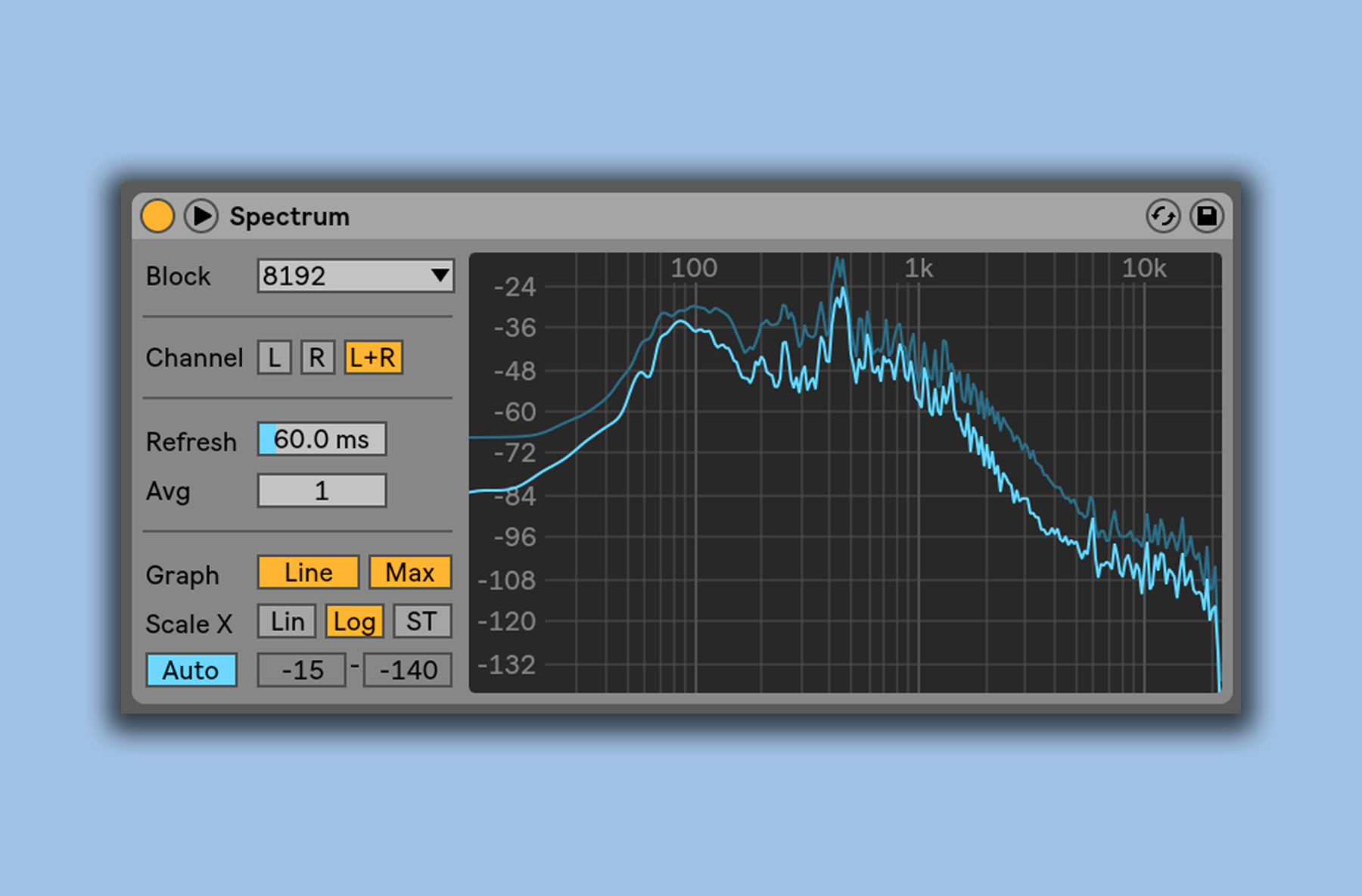
Your kick and bass will be the backbone of your track, but because they have a similar dynamic their relationship can be complex because there will be some crossover in terms of frequency and their pan positions (as both should be placed centrally in your stereo mix). So unless you are aiming to layer the kick and bass tightly together, almost creating a single sound – perhaps using a sine wave type sub-bass sound as part of your kick drone – you will need to make sure they sit apart in your mix so they don’t clash. This could be as simple as not playing a bass note at the same time as the kick but this obviously limits your arrangement options. The best idea is to take some of the EQ ideas from the first tip above. Use a spectrum analyser to examine both the kick and bass sound visually so you can see with surgical precision where each sound clashes so can either ‘lift’ the bass away from the kick or vice versa (lift the kick or lower the bass).
5. Programming Your Bass

You might want a bassline to stay static and unnoticed and that’s fine. If its job is just to bind your track together or to act as its backbone then a solid bass sequence doesn’t have to do much at all – just keep it punchy and not too overpowering in terms of girth (see tip 1). But if you want more interest you can easily get more dynamics with some simple programming tricks. A lot of synth bass sounds alter with velocity – the harder you press a note, the higher the resonance, for example – so at the very least introduce velocity changes as your bassline progresses. Adding legato – where notes almost sweep and slide into each other – is also a great option to introduce a more dynamic feel to a bassline, and even simply taking a note or two within a sequence up an octave will also make a bassline stand out and bounce along.
6. The Many Uses of the Filter
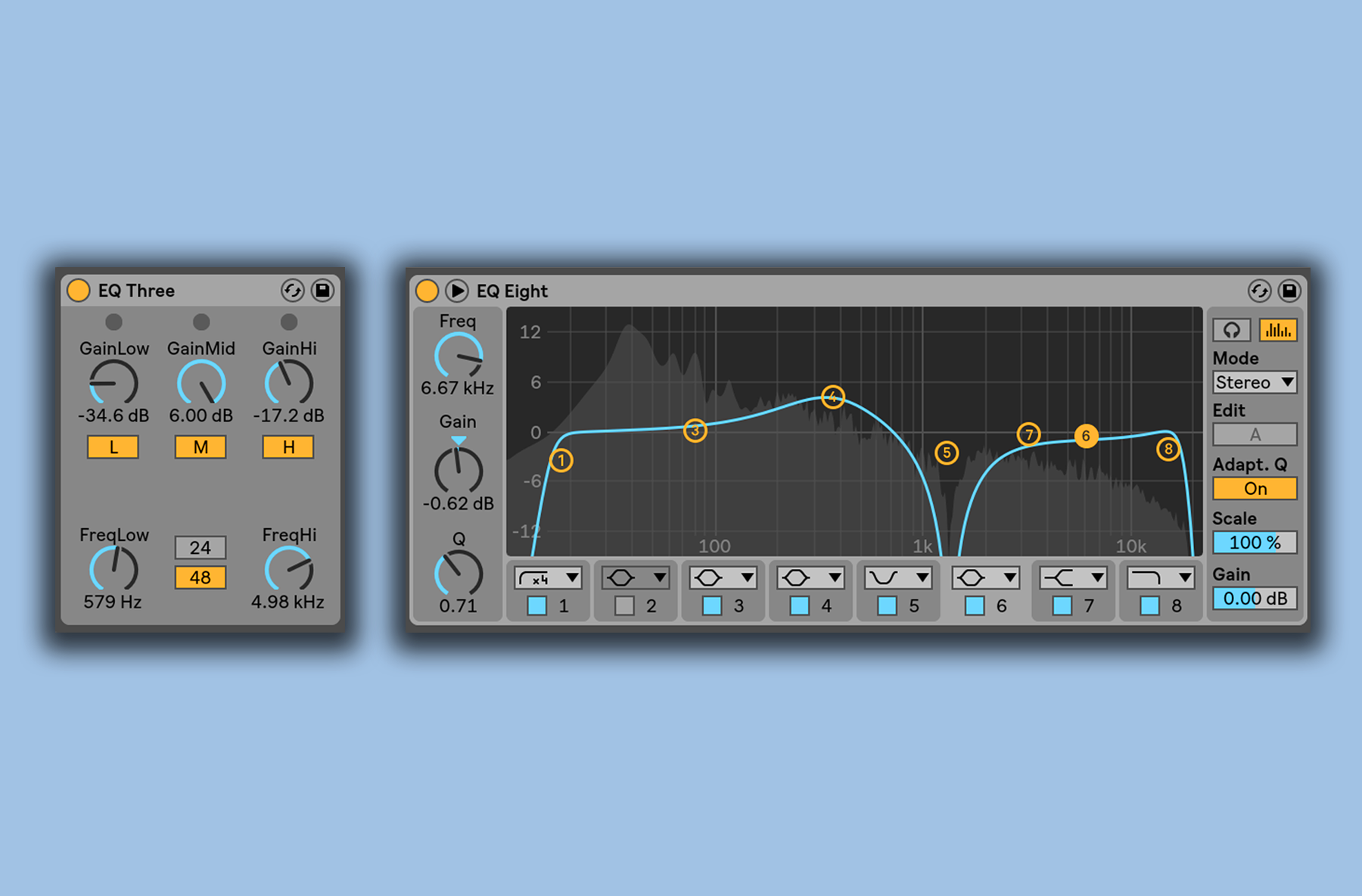
Early dance music introduced the idea of subtle – actually not that subtle – filtering of basslines. Those early acid squeals were all about resonating and raising filter cutoff frequencies of the TB-303 bassline synth, and while that sound endures to this day, the filter has become an important tool for other bass programming tasks. You can use high or low pass filtering to keep sounds away from one another in the mix – as described above with EQ – or use a high pass filter to remove unwanted low-end rumble frequencies (sub 30Hz) in either a kick or bass sound. Another tried and tested filter idea is to introduce movement to a bassline via an LFO. Apply this to your filter cutoff frequency for all sorts of effects – from acid screaming to dubstep wobble – or at a much lower rate for really subtle changes in the sound as it progresses through a sequence.
7. Effects? Not really…
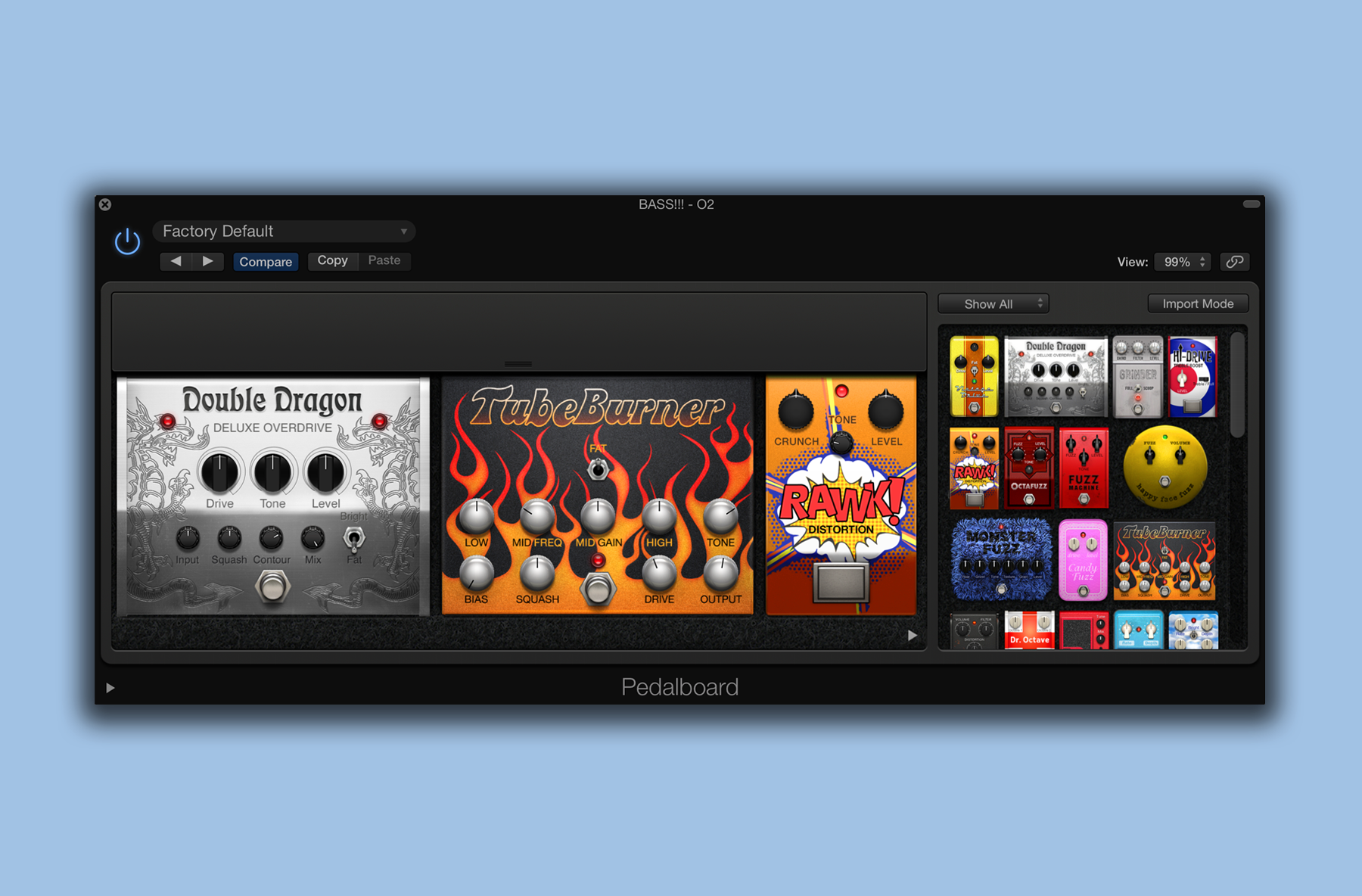
Finally, as a general rule, ease off the effects with basslines because they can quickly be overpowered and muddied. Delays, in particular, can sound great in isolation but can quickly get out of control in a mix and reverbs and choruses can start spreading your bass love across the soundstage – not a great idea as you should keep it central. Distortion and overdrive effects can work wonders on a bass sound if it’s quite a simple sub or synth sound to start with, but try not to go overboard.
So there you have it – 7 easy-to-follow tips for getting the most from your bass. We offer tuition in music production at all of our schools in London, Los Angeles, China, Ibiza, Mumbai and online, so if you want to get into more detail – you know what to do. To find out more, give us a call or drop us an email, finding our contact details here.
Register to Access Free Courses, Plugins, Projects, Samples & More
When you register with Point Blank, you access an array of free sounds, plugins, online course samples and much more! Simply register below and visit our Free Stuff page to get your hands on a range of exclusive music-making tools and tutorials provided by the team. Fill your boots!
The post 7 Proven Ways to Get Better Bass appeared first on Point Blank’s Online Magazine.